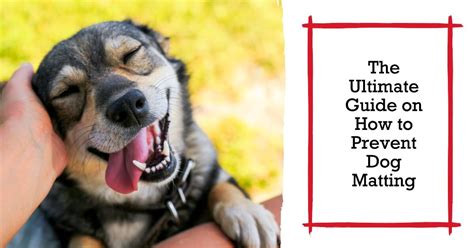Introduction
Tufting and matting are common problems that can affect textiles, leading to a decrease in their quality and aesthetics. Proper care and maintenance can help prevent these issues. Here’s a comprehensive guide to tuft and matting prevention by 2025.

Understanding Tufting and Matting
- Tufting: Protruding fibers that create a raised surface.
- Matting: Tangled and compacted fibers that form clumps.
Causes of Tufting and Matting
- Abrasion: Mechanical wear and friction.
- Heat and Humidity: High temperatures and moisture loosen fibers.
- Chemical Exposures: Bleach, detergents, and other chemicals weaken fibers.
- Poor Washing Practices: Incorrect water temperature, detergent usage, or agitation.
Tufting vs. Matting
| Feature | Tufting | Matting |
|---|---|---|
| Appearance | Raised fibers | Tangled, clumped fibers |
| Cause | Abrasion, heat | Heat, humidity, chemicals |
| Prevention | Regular brushing, gentle washing | Moisture control, gentle handling |
Prevention Strategies
Pre-Washing:
- Brush fabrics: Use a soft brush to remove loose fibers before washing.
- Separate fabrics: Sort items by fiber type and color to prevent color bleeding.
Washing:
- Use cold water: Hot water can damage fibers and cause tufting.
- Choose mild detergents: Avoid harsh detergents that can weaken fibers.
- Reduce agitation: Gentle washing cycles are less abrasive.
- Avoid overfilling: Overloading machines can increase friction and tufting.
Drying:
- Line dry: Air drying is the gentlest method to prevent damage.
- Use low heat: High heat can weaken fibers and cause matting.
- Remove promptly: Avoid leaving fabrics in the dryer for extended periods.
Post-Washing:
- Brush fabrics: Again, brush fabrics gently to remove any remaining loose fibers.
- Use fabric softeners: Fabric softeners can help reduce static and prevent matting.
- Store properly: Fold fabrics neatly and store them away from moisture.
Tips and Tricks
- Invest in quality fabrics: Fabrics with higher thread counts are less prone to tufting.
- Use a laundry bag: Protect delicate fabrics by using a laundry bag during washing.
- Consider anti-static sheets: Dryer sheets help reduce static and prevent matting.
- Dry clean when necessary: Dry cleaning can be a gentle alternative for delicate fabrics.
Common Mistakes to Avoid
- Overusing detergents: Excessive detergent can leave residue and weaken fibers.
- Using harsh chemicals: Bleach and other strong chemicals can damage fibers and cause tufting.
- Over-drying: Over-drying can shrink and weaken fabrics, increasing the likelihood of matting.
- Storing in damp areas: Moisture can promote matting and damage fabrics.
Case Detail: Rug Tufting Prevention
According to the Carpet and Rug Institute, over 50% of rugs experience tufting within the first year of use.
-
Prevention measures:
- Regular vacuuming to remove dirt and debris.
- Use a rug pad to reduce friction.
- Avoid placing rugs in high-traffic areas.
Conclusion
By following the strategies outlined in this guide, you can effectively prevent tufting and matting on your textiles, ensuring their longevity and aesthetics. Regular maintenance and proper care will help you preserve the beauty and functionality of your fabrics for years to come.





















